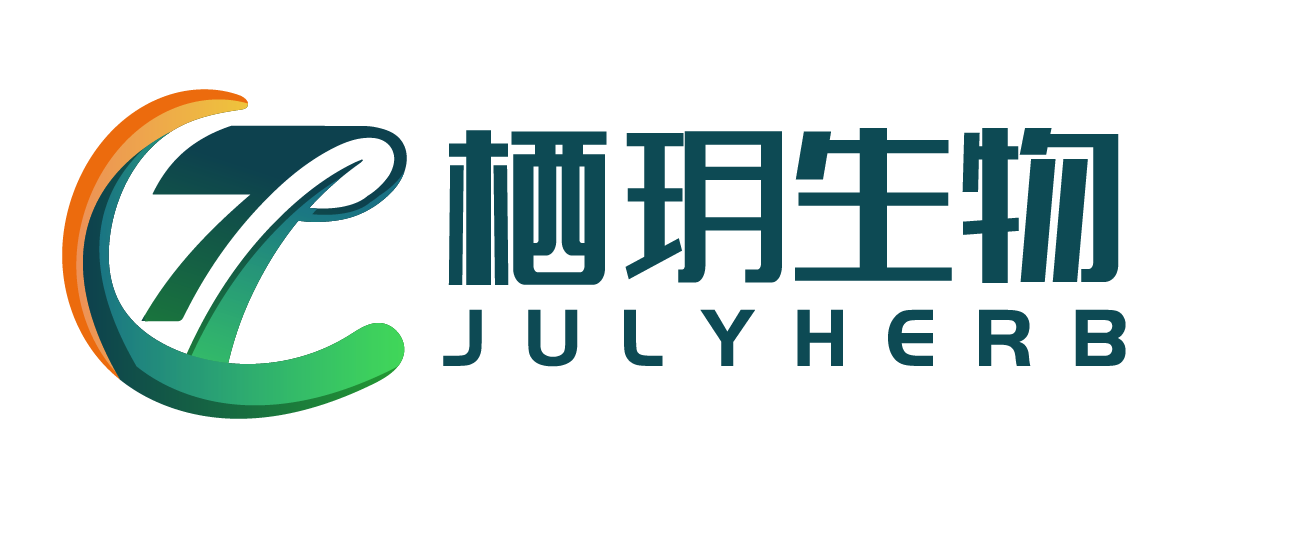Julyherb Supply hot sale quercetin powder
What is quercetin?
Quercetin and its derivatives are widely found in various vegetables and fruits, and can be obtained from onion and other plant extracts of liliaceae plants, such as rutin, quercitrin, isoquercitrin, anisin, quercitrin, and wintersweet. It can also be prepared by hydrolysis of rutin.
- CAS#: 6151-25-3
- Plant source: Sophora japonica
- Specification: HPLC 95%, HPLC 98%, dihydrate, anhydrous, powder or granule,96.5%/99.2% (HPLC/UV) test results
- Function and purpose: Quercetin has good expectorant and antitussive effects, can also reduce blood pressure, enhance capillary resistance, reduce capillary fragility, reduce blood lipids, expand coronary artery, and increase coronary artery blood flow.
Production method of quercetin:
Natural extraction and separation
Because the content of quercetin in plants is only a few thousandths to a few thousandths, and the extraction and separation is difficult and costly, it is not practical to extract quercetin directly from plants. However, quercetin extraction and separation technology should be used when analyzing and identifying flavonoids or preparing analytical pure samples.
Acid hydrolysis method
Enzymatic conversion
Rutin (rutin) of quercetin is widely distributed in nature, with high content, such as more than 20% in Sophora japonica. It is feasible to extract rutin from sophora japonica, and then produce quercetin after acid hydrolysis.
The extraction methods of rutin mainly include alkali extraction and acid precipitation, organic solvent extraction and impregnation, among which the alkali extraction and acid precipitation method is the most practical. Select 0.05% NaOH solution to boil for 20min, filter it while it is hot, and extract it four times in the same way to obtain the alkaline aqueous solution of rutin. Add acid to separate it out. After filtering, add acid to hydrolyze it to obtain quercetin insoluble in water. Filter, wash and dry it to obtain quercetin solid.
Enzymatic hydrolysis of rutin is used to prepare a large amount of quercetin monomer with less content in plants. The operation is simple and safe, the whole process is economic and applicable, the yield is large, and it is suitable for industrial production, and the purity of the product is more than 90%, which can meet the needs of food and clinical application. Therefore, enzymatic conversion is undoubtedly a promising preparation method.
From the perspective of market growth rate, the fast growing raw materials mainly include quercetin, compound minerals, mushrooms (other), magnesium, etc. Among them, quercetin and compound minerals have the most obvious growth rate, 33% and 20.7% respectively. At the same time, the market of zinc, CBD, elderberry, vitamin D and other raw materials fell faster than the same period of the previous year.
Quercetin market increased by 33%
Quercetin, a flavonoid compound widely existing in nature, exists in flowers, leaves and fruits of many plants. At present, the commercial raw material is mainly extracted from sophora japonica. According to the observation of Zhitiqiao, the sales of quercetin in the United States market was relatively stable from 2017 to 2019, and the market growth of quercetin in 2021 was significant, especially the sales of immune-related quercetin supplements increased by more than 3000% compared with 2020. It can be seen that the epidemic has played a key role in “promoting” the market outbreak of quercetin, and of course, more scientific data support is behind it.
During the period of 2020-2021, the top three concerns of quercetin dietary supplements (calculated by total sales) are mainly focused on: allergy/respiratory system, cardiovascular and prostate health. The average annual growth in 2021 will be three digits. It is expected that the main application direction of related products in 2022 will be “consistent” with that in 2021.
With the promotion of the epidemic, quercetin has been gradually recognized in terms of anti-inflammatory and immunity, and the market demand has increased significantly, resulting in a shortage of quercetin in the past two years.

